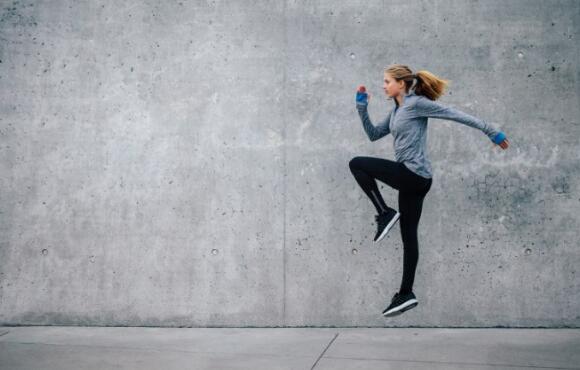JOURNAL.
Articles, Tips & Tools for an abundant life
Train smart & warm up. An osteopathic approach.
By Dr Fauntine Lariba (Osteopath)
Warm ups may not be the goal of training but this preparation phase is still important. Without a warm up we won’t be able to reap the full benefits of our workout and we also increase our likelihood of sustaining an injury.
A comprehensive warm up should include 3 components: a general phase, activity specific phase and individual specific phase. But let’s start with the under appreciated psychological aspect of warming up.
Transition and introspection
The warm up serves as a bridge between daily life and our movement practice (we elaborate further in this article). Shifting into this training mode focuses the mind inwards and brings awareness to the physical body.
This reflective period gives us the time to recognise any aches and pains that have the potential to escalate into an injury.
For example, during your warm up you notice that your knee is feeling a bit sore when squatting. Because you noticed this, you can take action by completing the rehab exercises your Osteopath has prescribed. By taking the time to mobilize and activate particular tissues you have significantly reduced the likelihood of injury. And you may not have noticed any pain prompts if you didn’t complete a warm up.
We should also use the warm up phase to note our general stress levels and consider what may be the most productive use of our time.
For example, if we only slept 4 hours last night and had a heated argument with a loved one it probably wouldn’t be ideal to train at max effort.** Learning to listen and appropriately scale your session up or down will be important for avoiding injury and for maximising your training potential.
** A consistent training routine is important for driving a positive adaptation. You shouldn’t miss a session if you’re a bit tired. Instead consider rescheduling it and/or decreasing the intensity.
In addition, If you are constantly exhausted, sick, injured and experience unrelenting malaise it may be time to re-evaluate your training goals and life stresses. We all have a finite resource of energy, let’s be careful with how we are using it.**

The general warm up
The iconic general warm up is just what you think it is. There are two parts to this: elevating the heart rate and moving the joints through a full range. These goals may be achieved together or separately. Some common exercises include: jogging, high knees, butt kicks, skipping, arm circles, hip circles etc. These movements are important for getting everything moving. They assist in promoting blood flow, lymph flow, muscle activation, oxygen circulation, metabolite removal and for building heat throughout the body. One of the goals of a warm up is to increase tissue pliability. We want our muscles to be supple to be able to generate force and withstand tension. We also want our joints to be sliding, gliding and rolling smoothly to aid safe and efficient movement.
Activity specific preparation
In addition to our classic warm up, we want to complement it with activity specific preparation. Different physical activities place different strains upon the body and this should be reflected in this movement preparation phase. Our specific movement preparation will also stimulate particular mind-muscle connections so that we ‘remember’ how to complete a particular skill. This specific preparation will fire up both large and small muscles that are responsible for stabilising and generating force.
Let’s use dancing as an example, we can appreciate that this activity involves a wide variety of movement challenges including end range motions, speed variation, high levels of impact and unusual direction changes. It would be wise to complete an activity specific warm up that imitates the movements to come at a lesser intensity. Hence dancers may warm up with (progressively harder) high kicks, fast turns, deep lunges, hopping and repetitive foundational steps.

Individual specific warm ups
Our individual movement/injury history may require us to spend longer warming up specific areas in our body that are feeling stiff. You may even have specific exercises prescribed by your Osteopath for this exact restriction … What a brilliant time to do your rehab exercises! A good practitioner would have accounted for the various strains upon your body given your physical activity of choice, considered your weaknesses and tailored a series of exercises to help promote pain free function.
Warm ups are important for a variety of reasons, I strongly encourage you to carve out time in your workout schedule for them. This can also be said for cool downs but let’s delve into that in a later article.
P.S. do your Osteo homework.
Submit Form
email: hello@thealife.com.au
The A Life
We can't wait to hear from you
For further enquiries please get in touch with us via email or just fill out the form below.
ADD A COMMENT
September 1, 2020